In the meadows and fields, where nature’s wild beauty flourishes, a group of unique and resilient flowers stands tall with an undeniable charm. Meet the thistle flowers, a diverse and fascinating family of plants known for their spiky exteriors and striking blooms. In this article, we will explore the world of thistle flowers, uncovering their characteristics, symbolism, ecological significance, and cultural relevance.
Characteristics and Varieties
Thistles belong to the botanical family Asteraceae and encompass a wide range of species distributed across different regions of the world. While various thistle species exist, they typically share similar features. Thistles are herbaceous plants with prickly stems and leaves, designed as natural defenses against grazing animals. Their flowerheads consist of tiny tubular florets tightly packed together, surrounded by prickly bracts. Thistle flowers come in an array of colors, including shades of purple, pink, blue, and white.
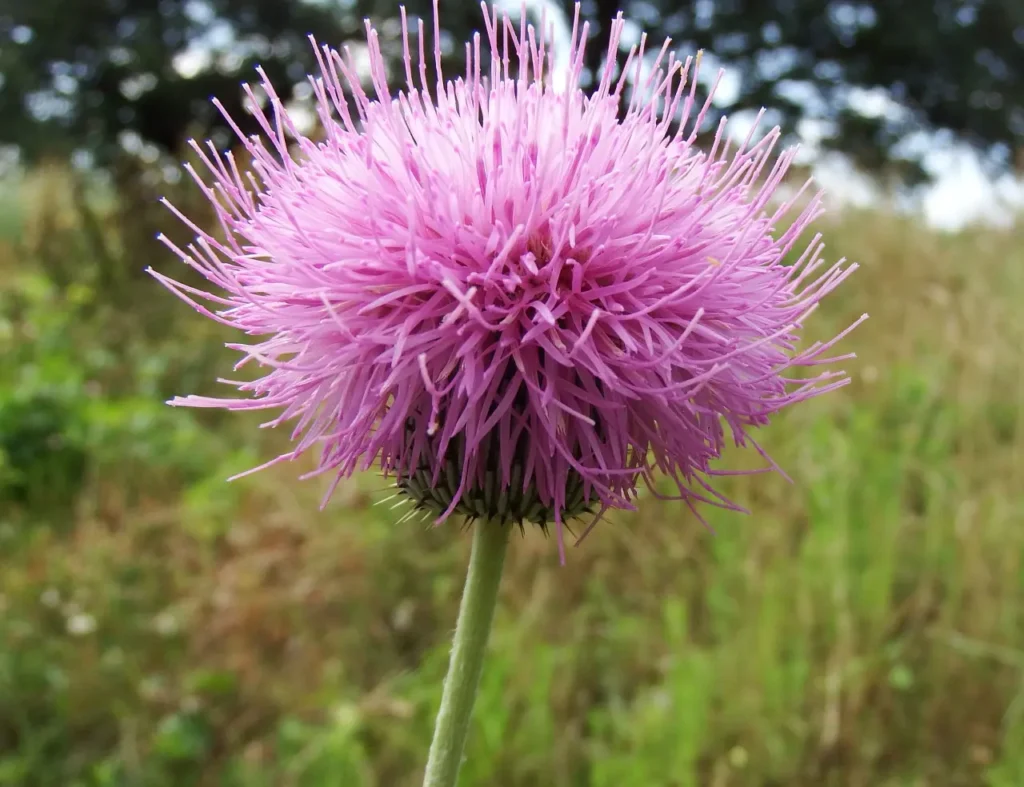
The color of the Thistle flowers
Thistle flowers come in various colors, depending on the specific species and variety. Here are some common colors you may find in thistle flowers:
- Purple: Purple is a prevalent color in thistle flowers. Many species, including the Cirsium vulgare (Common Thistle) and Carduus nutans (Musk Thistle), produce vibrant purple blooms.
- Pink: Some thistle species, such as the Cirsium rivulare (Brook Thistle) and Onopordum acanthium (Scotch Thistle), display pink flowers. The shades of pink can range from pale and delicate to deeper and more intense hues.
- White: White thistle flowers are also relatively common. Species like Cirsium arvense (Creeping Thistle) and Cirsium heterophyllum (Melancholy Thistle) can have white blooms, which often contrast beautifully with their prickly foliage.
- Blue: While less common, certain thistle species produce blue flowers. One example is Echinops ritro (Globe Thistle), known for its spherical, blue flower heads.
- Yellow: Although less prevalent, a few thistle species have yellow flowers. The Carlina genus, including species like Carlina acaulis (Silver Thistle), feature distinct yellow blooms.
It’s important to note that the colors of thistle flowers can vary within species and can also be influenced by factors such as soil conditions, climate, and individual plant genetics. The vivid and often spiky appearance of thistle flowers adds unique charm to gardens and natural landscapes.
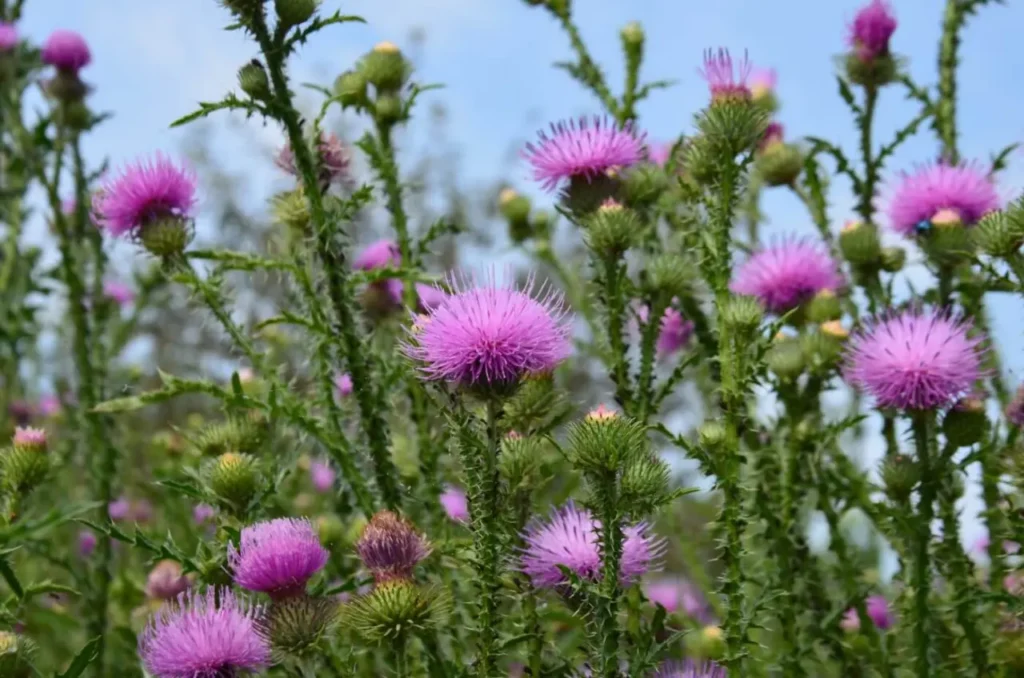
Symbolism and Cultural Significance
Thistle flowers hold symbolic meanings deeply rooted in different cultures and societies. In some traditions, thistles symbolize resilience, determination, and strength. Their ability to thrive in adverse conditions, resisting harsh climates and poor soil, has become a metaphor for perseverance in the face of challenges. Thistles have also been associated with protection, representing the ability to ward off negativity and safeguard one’s surroundings.
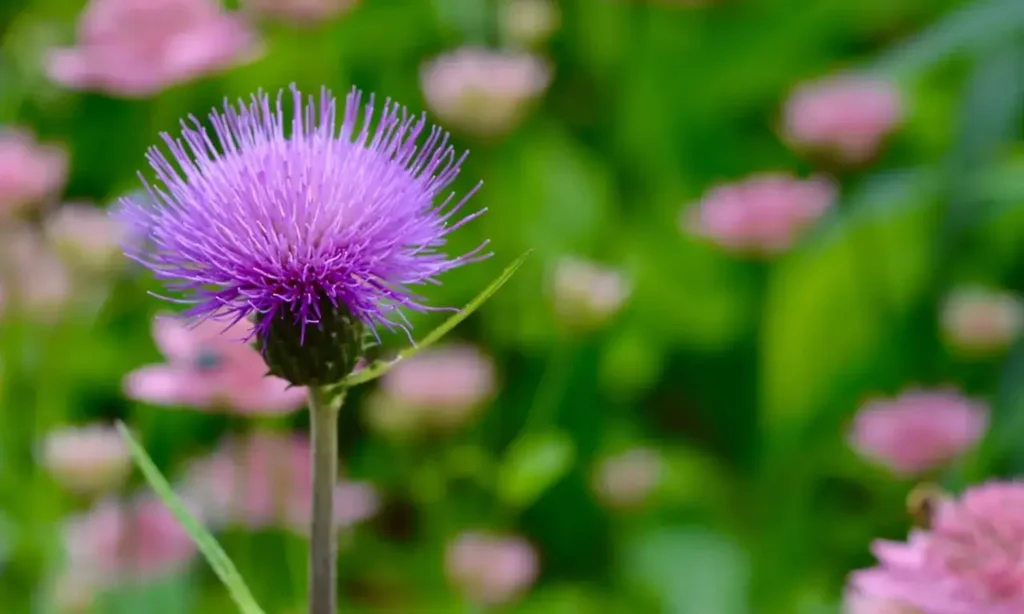
Ecological Importance
Thistle flowers play a crucial role in supporting pollinators and biodiversity. Their intricate flowerheads provide abundant nectar and pollen resources, attracting a wide array of bees, butterflies, and other pollinating insects. These pollinators, in turn, contribute to the pollination of other plant species, ensuring the continued propagation of diverse ecosystems. Thistles also serve as host plants for certain butterfly and moth species, providing food and shelter for their caterpillars.
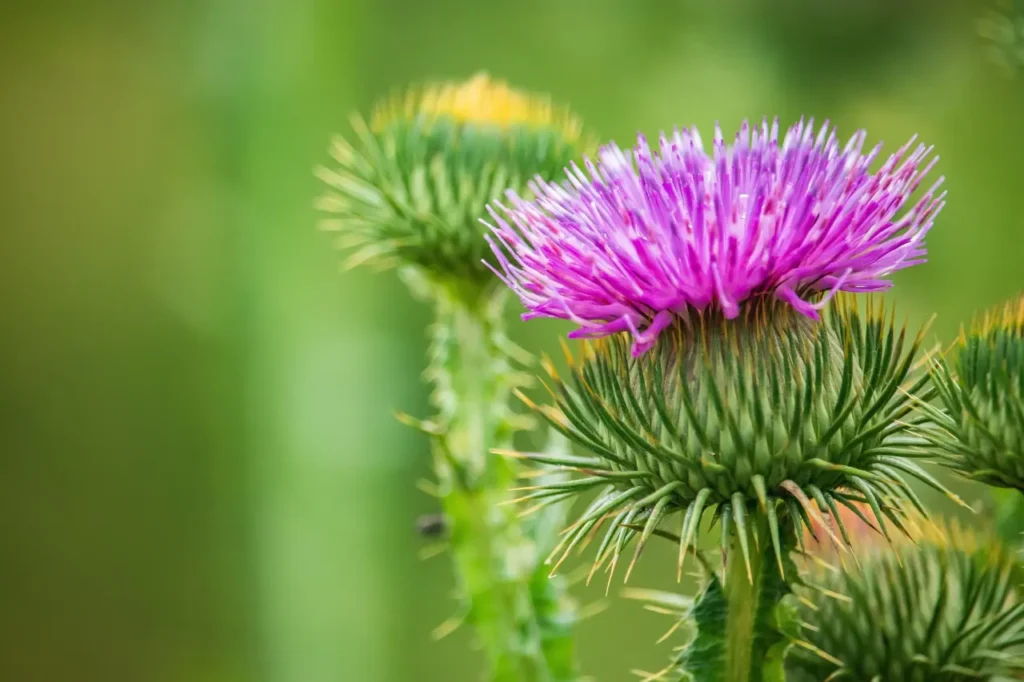
Cultural Uses and Folklore
Thistle flowers have influenced various cultures and traditions throughout history. In Scotland, the thistle is the national emblem, symbolizing courage, loyalty, and Scottish pride. Legend has it that an invading Norse army was thwarted when a barefoot Viking stepped on a thistle, causing him to cry out and alert the Scots. The thistle’s spiky nature and defensive properties have been associated with protection and warding off evil in folklore and traditional practices.
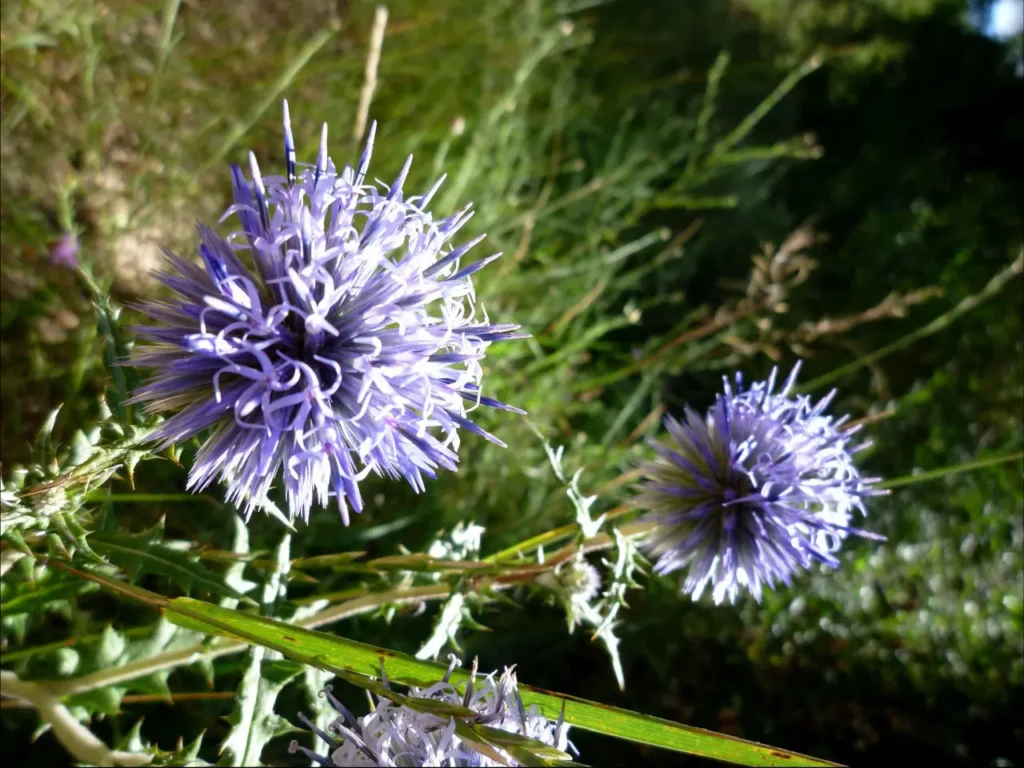
Gardening and Horticultural Interest
Despite their spiky appearance, some thistle species have found their place in ornamental gardens and landscaping. Varieties like the globe thistle (Echinops) and the Scotch thistle (Onopordum) are cultivated for their architectural beauty and unique textures. Their striking flowerheads and structural forms add interest to flower beds and provide a wild and naturalistic aesthetic. However, it is important to note that thistle plants can be invasive in certain regions, and gardeners should choose non-invasive species and manage them responsibly.
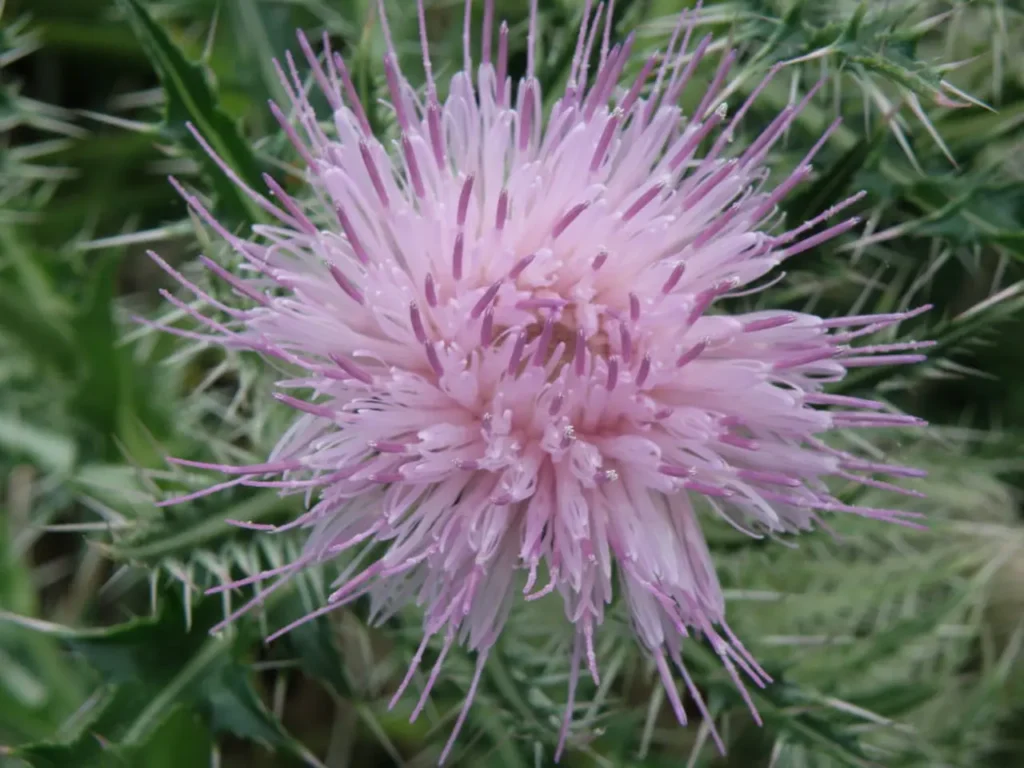
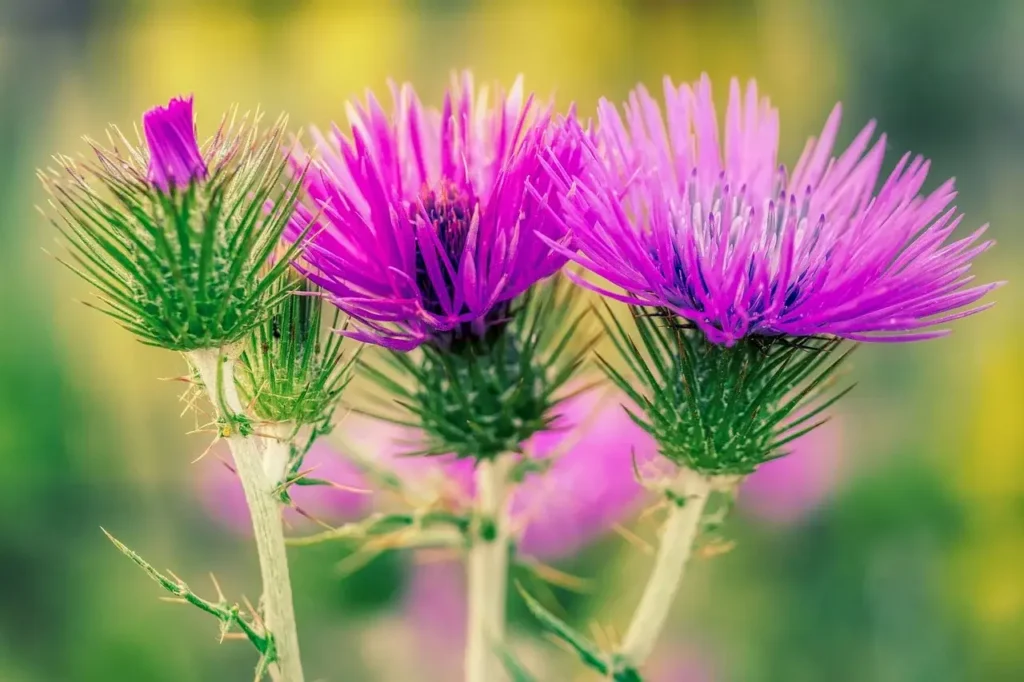
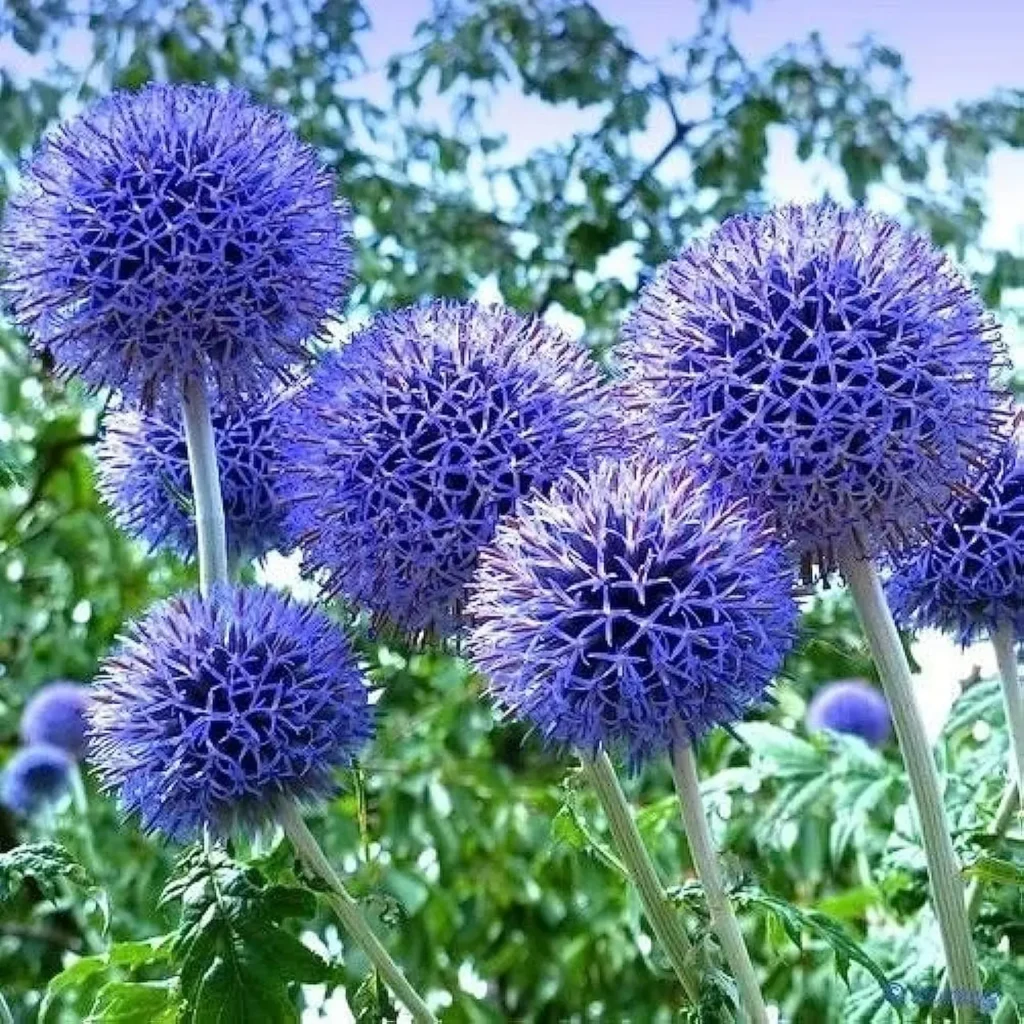

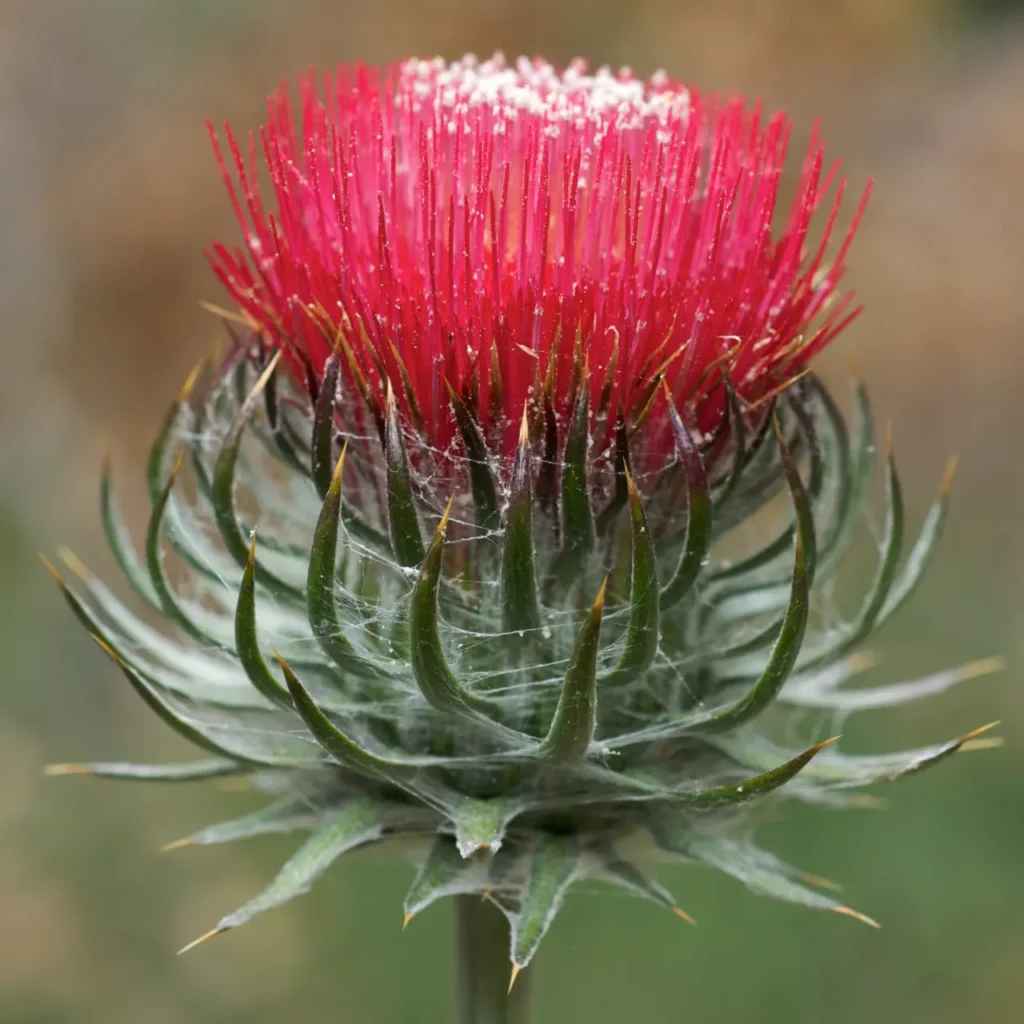
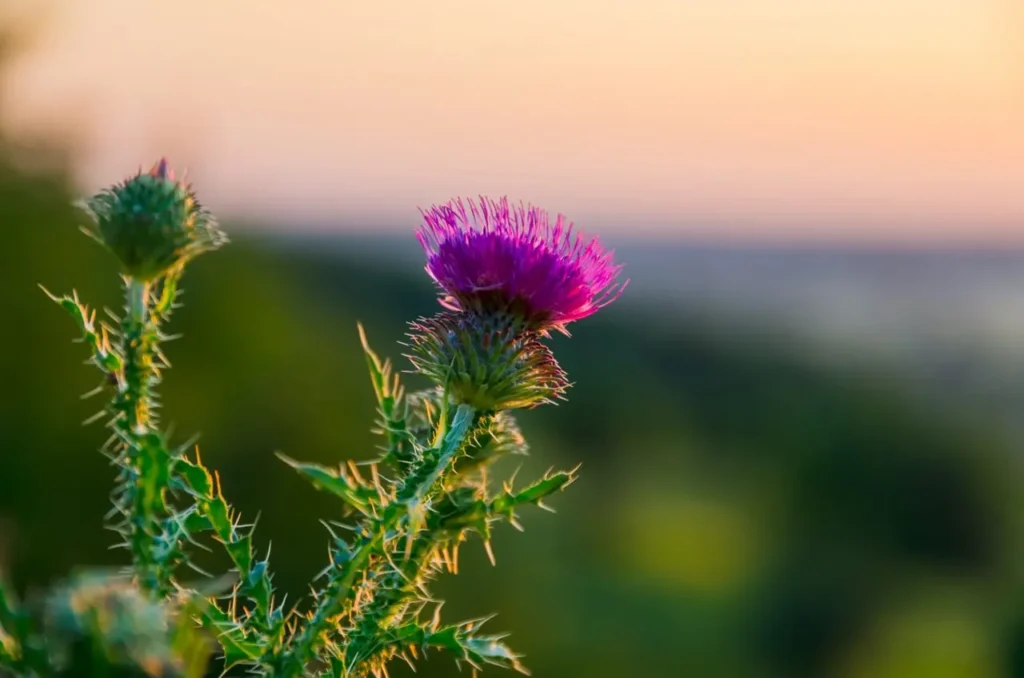
Thistle flowers, with their prickly exteriors and vibrant blooms, exemplify the beauty and resilience found in nature. These captivating plants have left their mark in symbolism, culture, and ecological systems worldwide. Whether admired for their tenacity in harsh environments, their ecological contributions to pollinators, or their cultural significance, thistle flowers remind us of the power of adaptation and the splendor that lies within even the most seemingly unapproachable plants. As we appreciate the allure of thistle flowers, let us also strive to protect and preserve the delicate balance of our natural ecosystems, ensuring the continued presence of these remarkable and spiky blooms.







